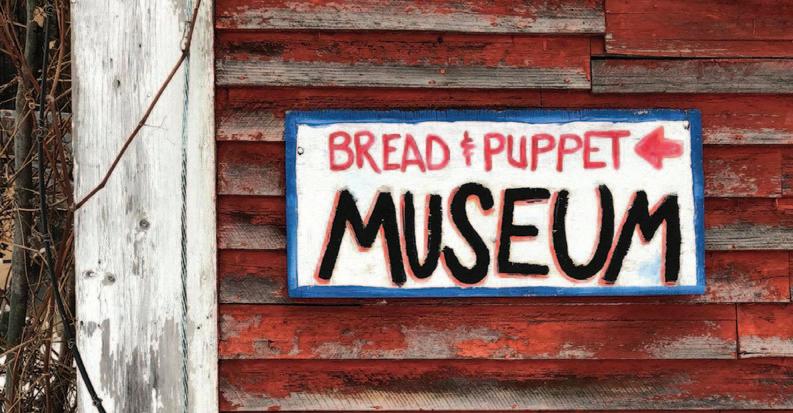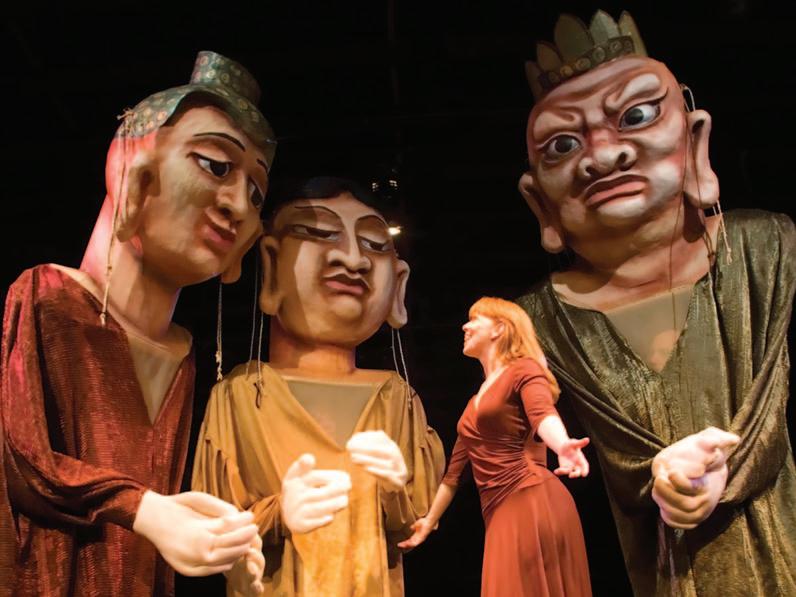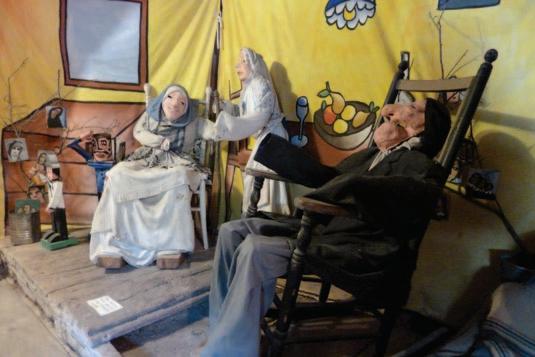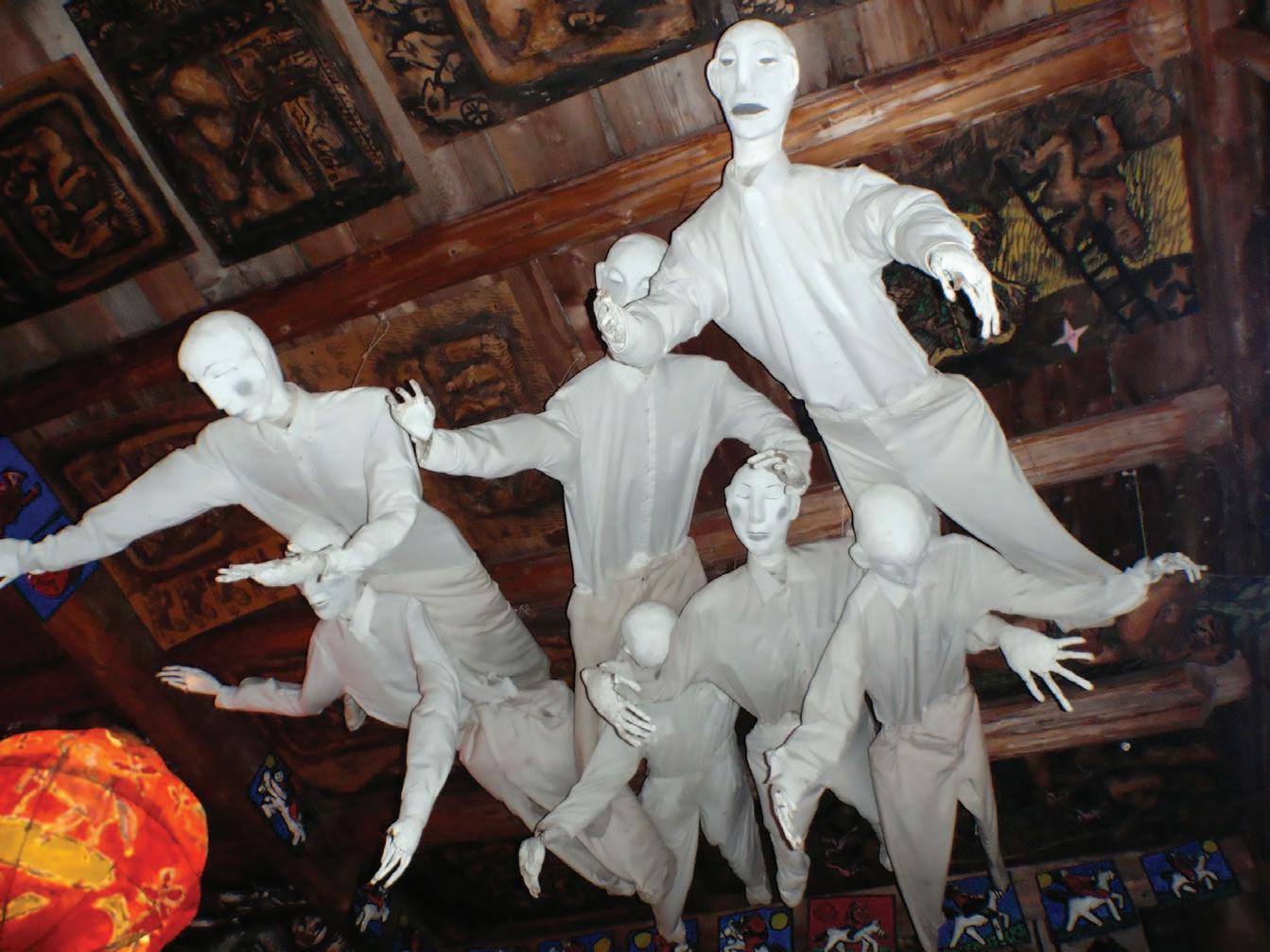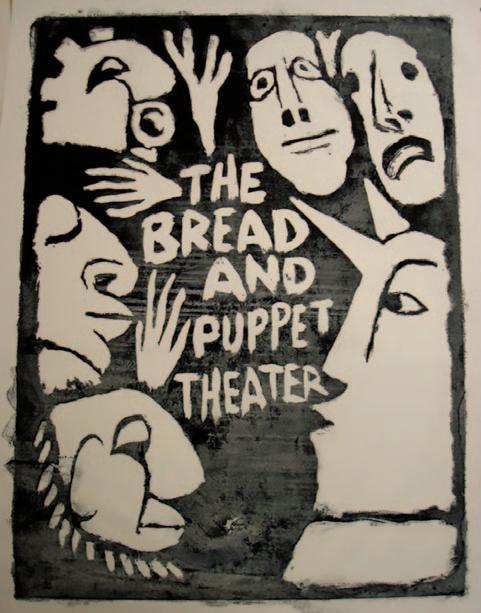
5 minute read
It’s “Bread and Circus” in the Northeast Kingdom
The Bread and Puppet Theater and Museum
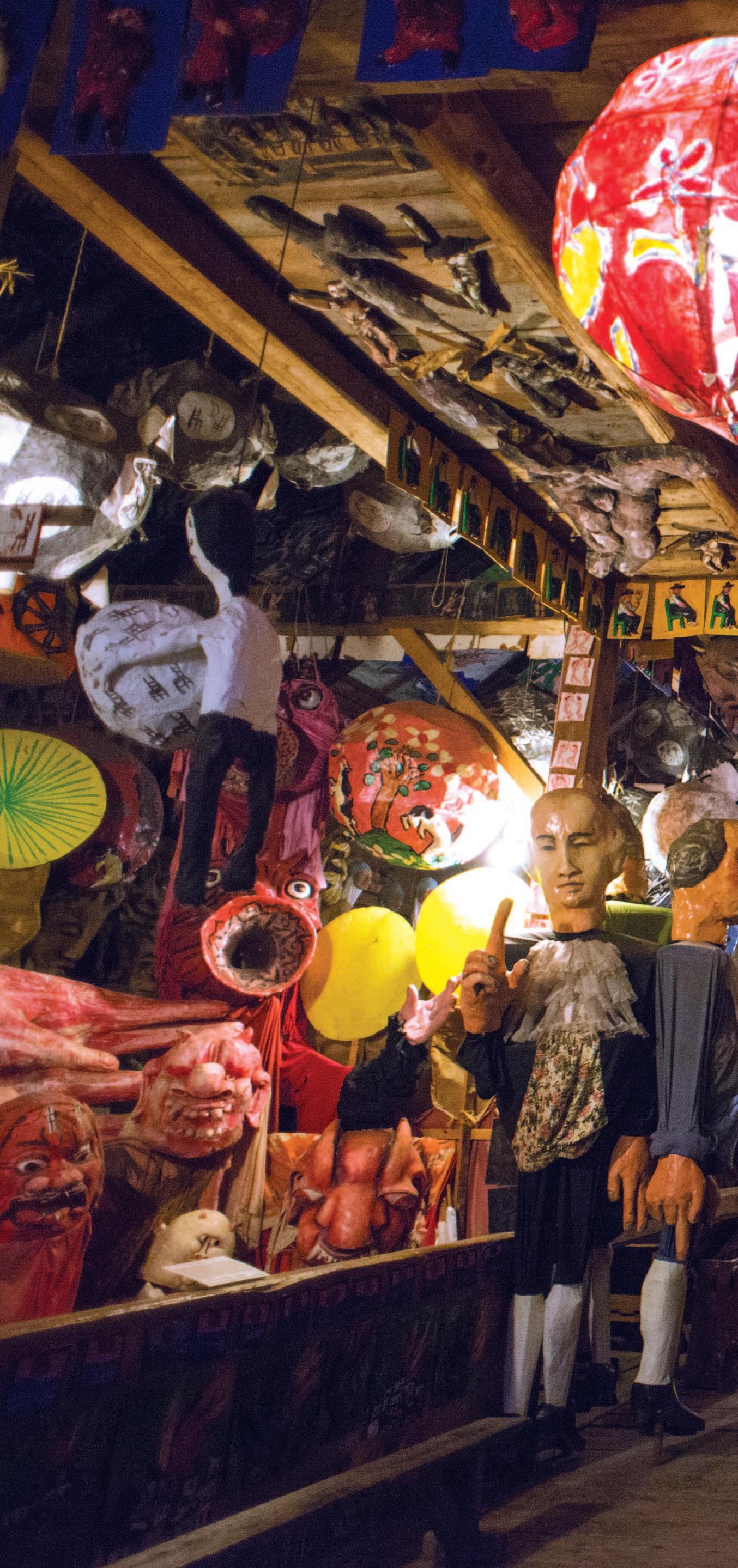
Advertisement
by Chandler Stevens
Puppetry.
It’s a performance art that hearkens back to the 5th century BC in Greece, and yet this unusual place we are about to present has its roots in German Expressionism...because of one imaginative German with a vivid imagination and a work ethic that tries to keep up with his mind.
By definition, puppetry is the making and manipulation of puppets for use in any kind of theatrical show. At its most basic, the puppet is a figure but that figure can be a representation of human, animal, or even abstract in form. But of greatest importance is that the puppet must be moved or operated by a human and not by any kind of mechanical aid. To use an example cited in Britannica, a doll is not a puppet, so the child who plays with a doll as if it were a representation of a living baby is not presenting a puppet show; however if she “performs” before her parents and friends making the doll walk along the top of furniture while she vocally acts the part of a real baby, she is then presenting a puppet show, however primitive it may be.
Puppet shows appear to have existed in nearly every civilization. In addition to records of them existing in 5th century Greece, there are numerous records found of puppet theater in Asia. In the United States, there are records of Indigenous People using puppet-like figures in their rituals, and so it goes throughout nearly every civilization. Although a primitive instinct, it has pre-dated written drama everywhere in the world.
The essence of puppet theater and perhaps the one that sets it apart from other theatrical productions is that it is impersonal. It’s a “thing” rather than a person sharing this characteristic with actors who wear heavy masks or are heavily made up which then constitutes a mask. The puppet is not unlike the stock characters of Greek and Roman drama, the masked characters of the Commedia dell’arte of the Renaissance, circus clowns, witch doctors, and even the Mummers.
The genre of this unusual theatrical performance lacks any personality, so the audience has to work harder to find any rapport between themselves and the puppets. Therefore, imagination is put to the test at every turn of the presentation.
Fast forward now to 1963, a tumultuous time in American history. A time of protest, war, hippies testing boundaries, and rising up as many voices became one. Peter Schumann had been a sculptor and dancer in Germany before moving to New York in the early ‘60s. Along with his wife, Elka, they founded The Bread and Puppet Theater in 1963 in New York City, its unique name coming from their baking of fresh bread which they distributed to their audiences prior to each perform ance. Within a very short time the theater company became known for what The Buffalo News called, an “anarchic, noncommercial, participatory, and politically charged approach to art.” The shows were all different but had in common the fact that the puppets were all giant specimens of folk art, often so overreaching that they frightened the audience.
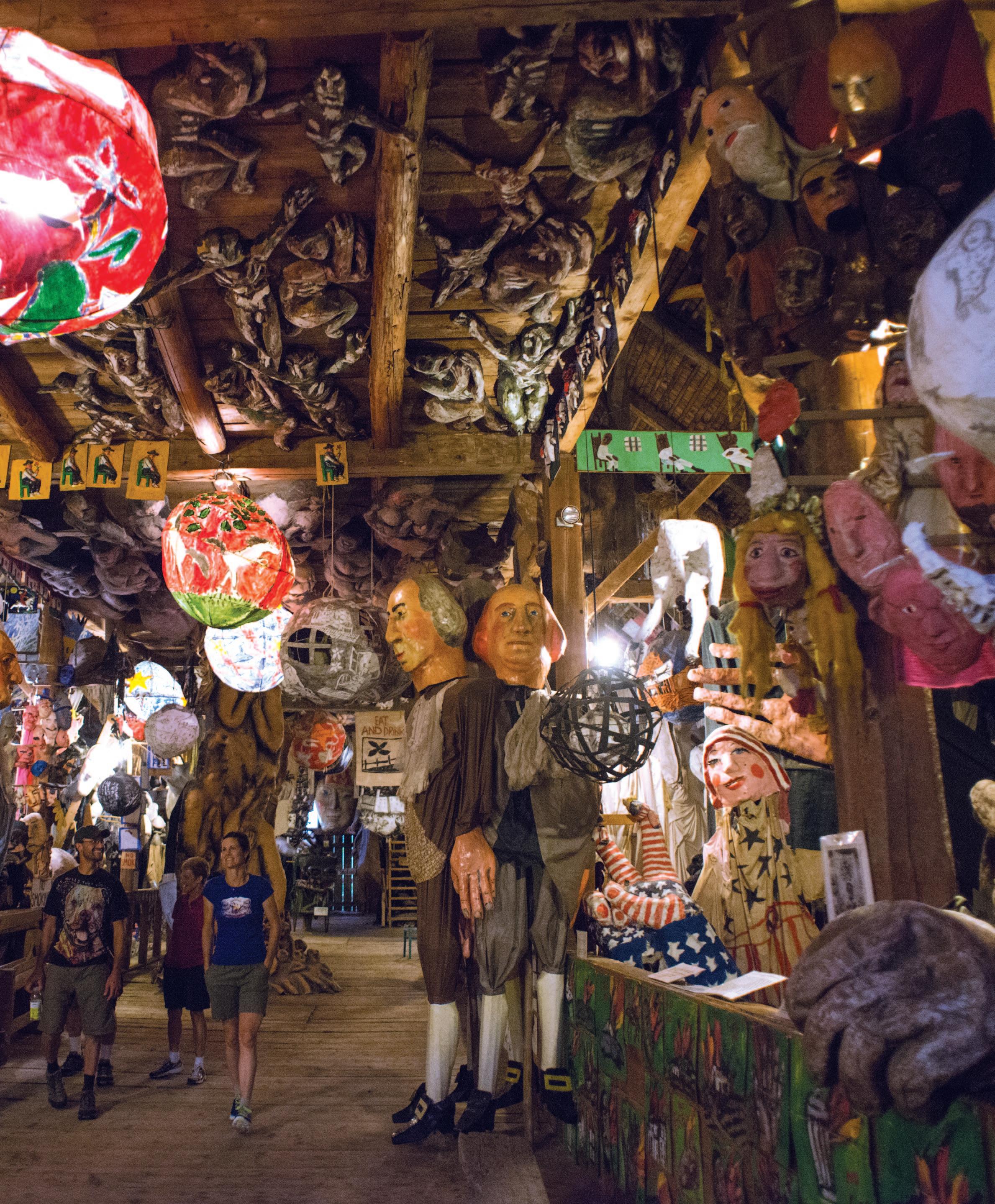
After a decade of filling seats and turning heads with his giant puppets at street parades in New York and garnering at tention throughout the United States, Schumann was offered a position at Goddard College in Plainfield, Vermont to become the college’s first theater-in-residence. In 1970 Peter and Elka moved to the Northeast Kingdom where they eventually made their home in the tiny town of Glover, population just 1100.
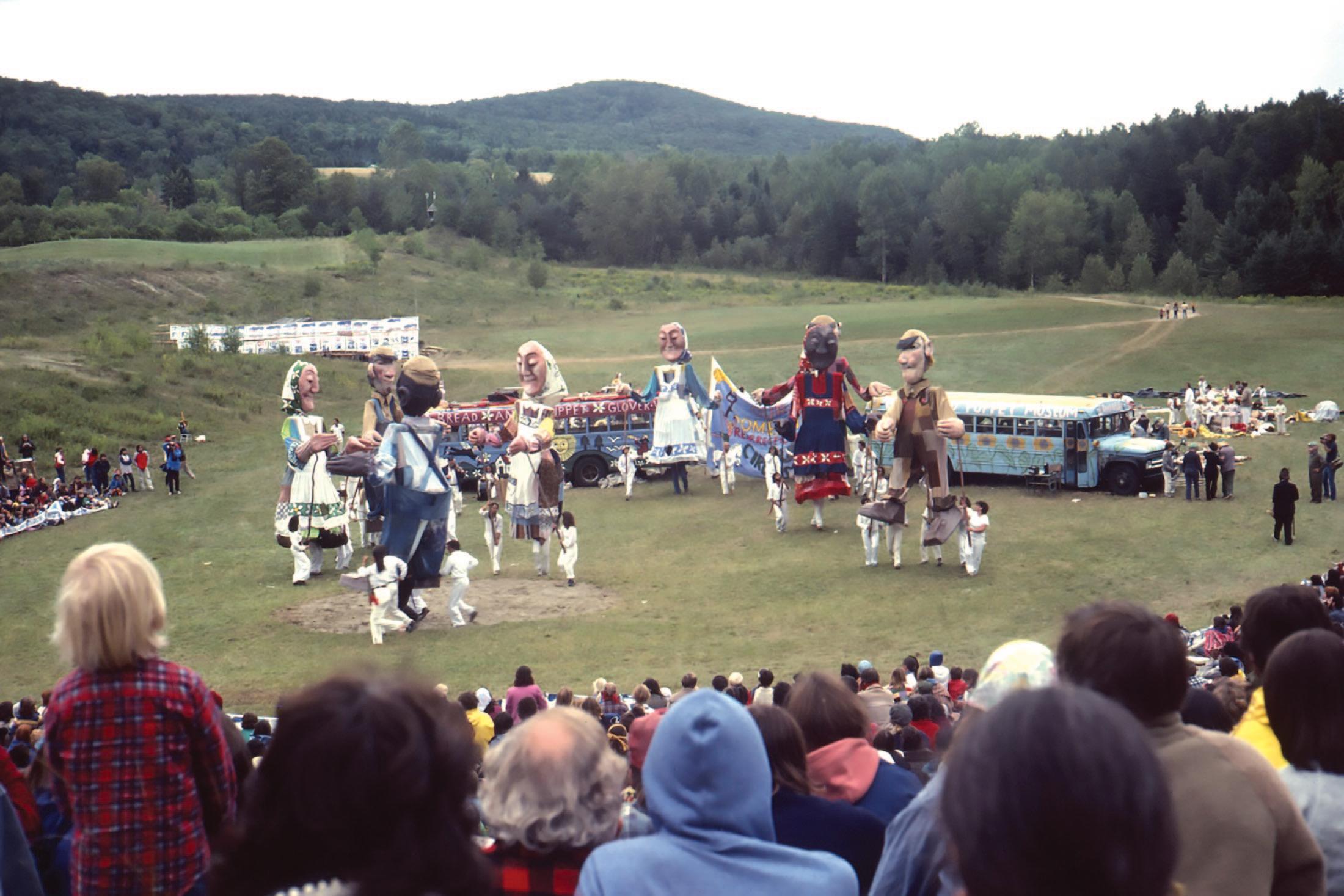
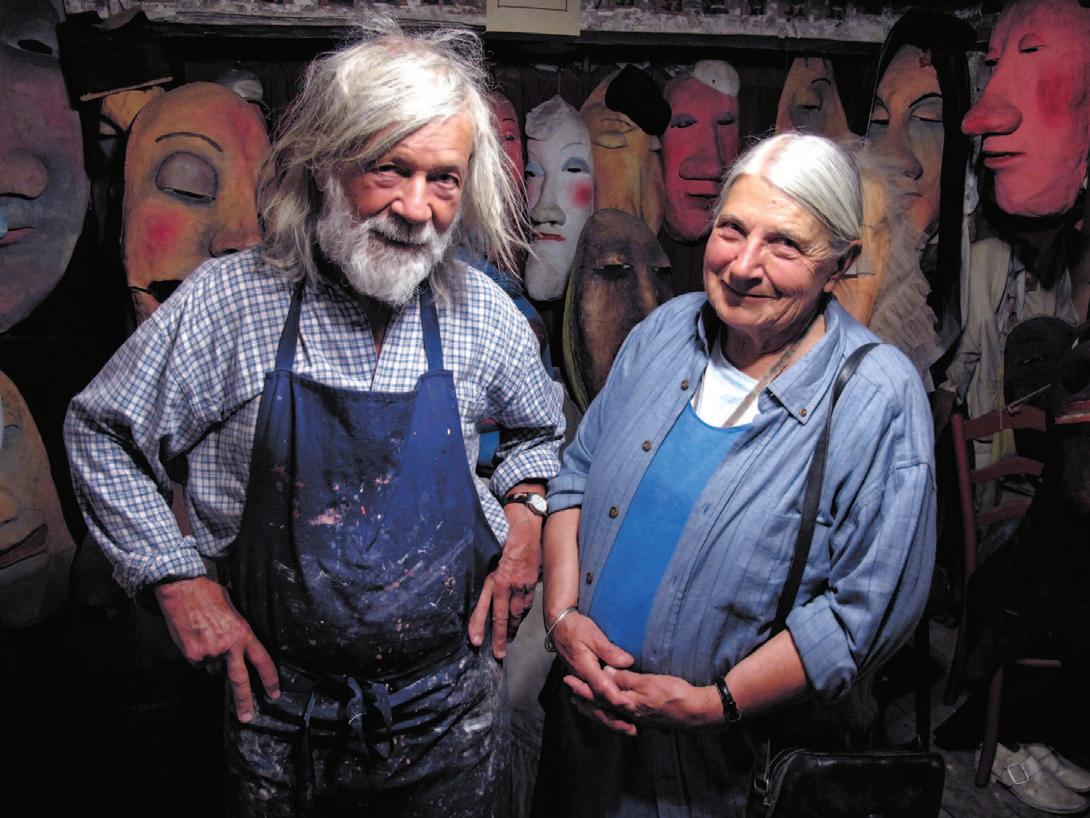
Just a few years into his tenure at Goddard, Schumann developed his most famous work, The Domestic Resurrection Circus. This was a com bination of some 50 performances over two days encompassing vaudeville comedy laced with sharp political commentary. Along with the company’s trademark giant puppets, the Circus became a yearly tra dition until its last year in 1998 attracting more than 30,000 people in attendance.
But Bread and Puppet Theater has not ended...not by a long shot! Since 1998 a smaller circus is performed by the company every weekend in summer, never at a loss for political fodder and its irreverent finger- pointing at our human condition; still, freshly baked bread with a dipping sauce is circulated throughout the audience before every show begins.
Schumann, who is now 83 years old is still active as a painter, and al though Elka died two years ago, he continues his work in Glover and the theater...and the museum!
Yes, there is indeed a Bread and Puppet Museum. The 150 year old rickety hay barn was transformed into a museum for veteran puppets, sort of an independent living facility for over-sized and much-loved seniors. It is one of the largest mu seums of giant puppets, masks, graphics, and paintings in the world and represents all of Schumann’s rants from his days in the streets of New York protesting the Viet Nam War, the rats in the neighborhood, and the police; to poverty of the poor, arrogance of those who supported wars, and still his belief of the glory in this world.
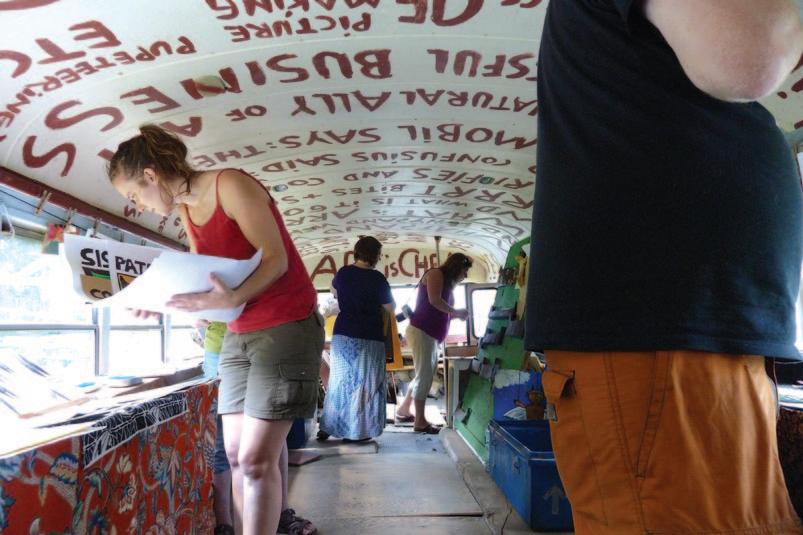
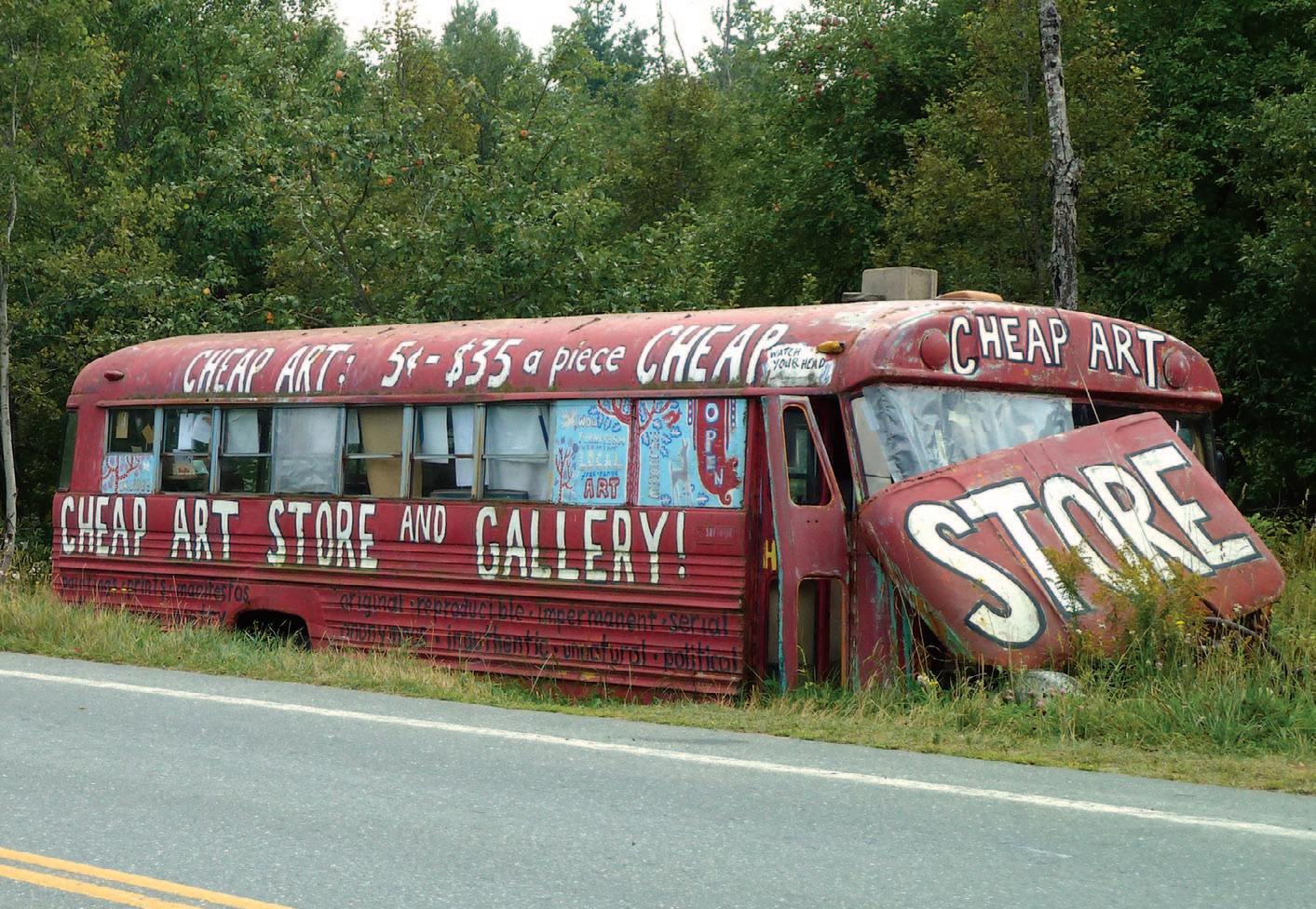
Within the fragile old walls of the museum, the puppets continue to “work.” Grouped ac cording to size, they recreate scenes from shows of the past and become their own artistic compositions with banners and paper mache re liefs. Over the years, the barn has grown ex ponentially as the collection has expanded now filling two floors and spilling out into the woodshed, the Cheap Art Bus across the road, and onto the walls of the Paper-Mache Cathe dral behind the barn. Like any good mu seum, there is a store chockablock with Bread and Puppet’s posters and publications for sale. Yet unlike most good museums, admission is free with donations being welcome. The hip pie may now be 83, but his ideals have not changed much. He is still for the people and es chews capitalism.
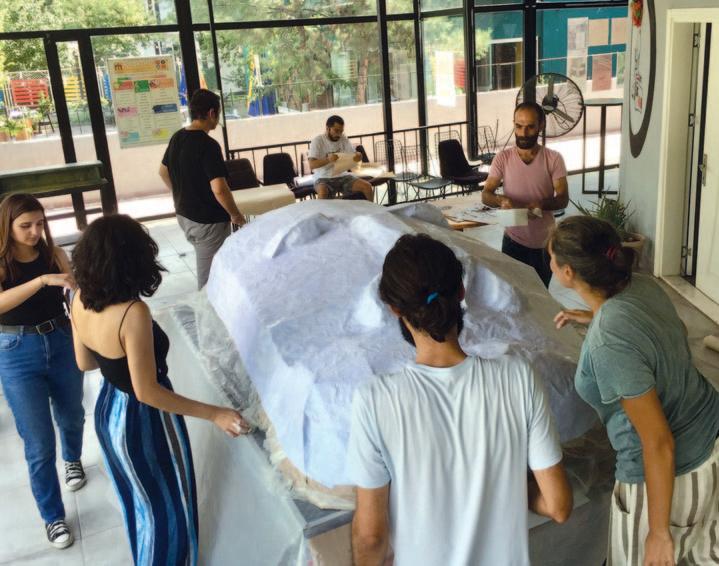
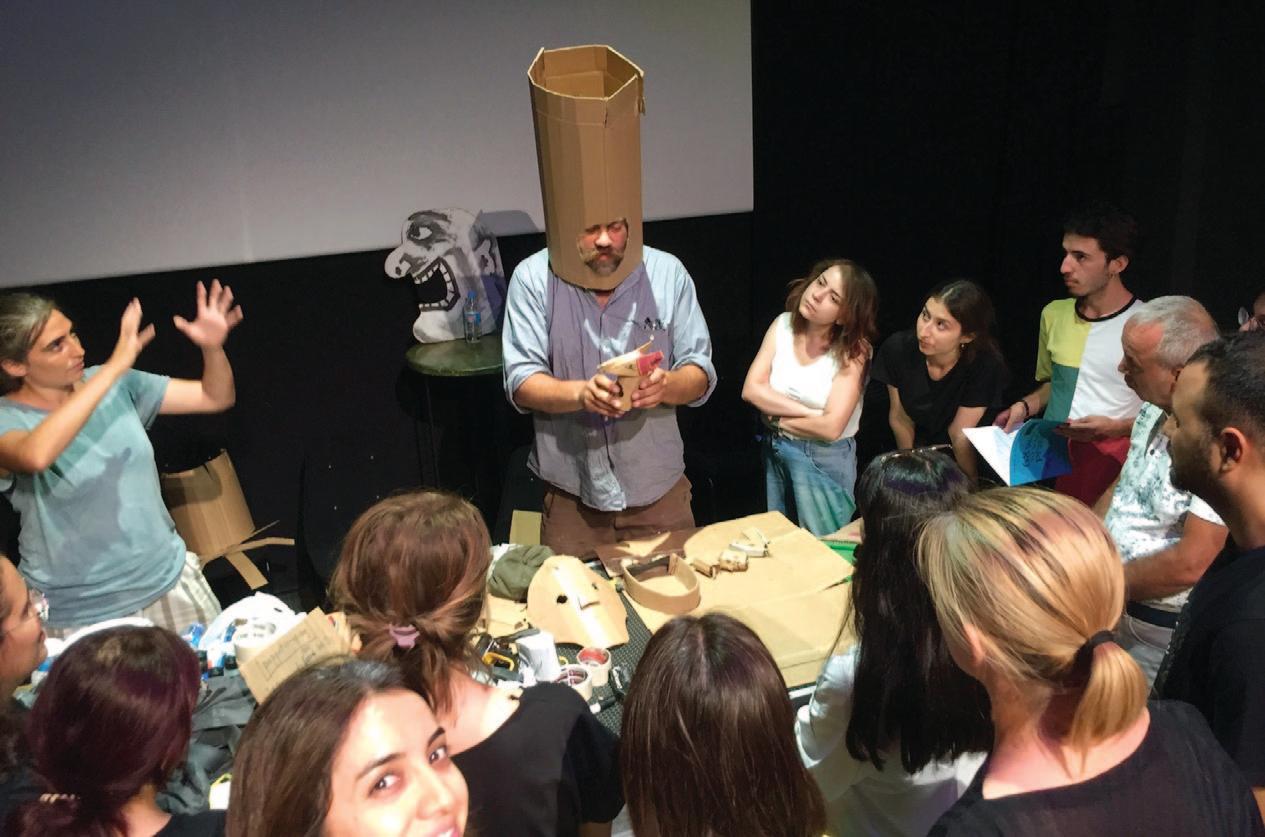
The contents of the Museum represent more than a half-century of Peter and Elka’s hard work, energy, and ongoing creativity. While
Schumann is the artist, the actual detailed pro duction of each puppet is largely the result of a monumental effort produced by a talented, dedicated group of puppeteers. They are joined in this by the local community as well! A com munity of neighbors, friends, and apprentices who build the puppets and the masks, ap plying layers of paper mache over Peter’s sculpted clay models.
Simple materials like cardboard, poplar saplings, and clothing garnered from rummage sales complete the large-size figures. During the summer months, visitors may observe work going on in the front yard of the Museum next to which is the clay oven where Schumann bakes his famous sourdough rye bread.
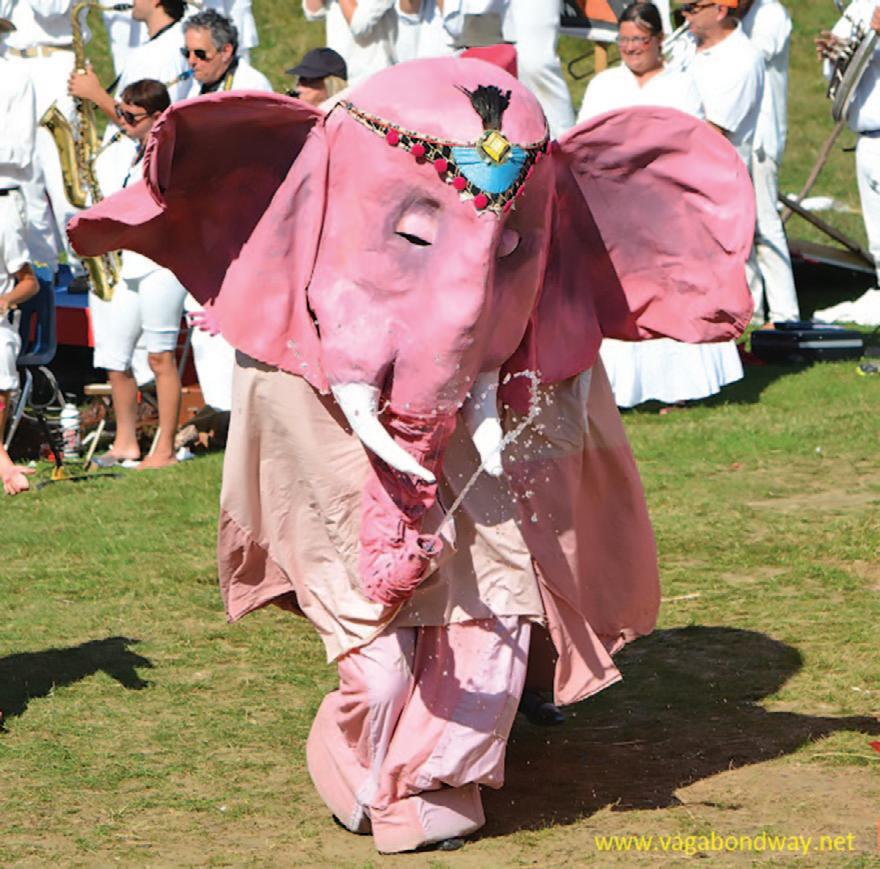
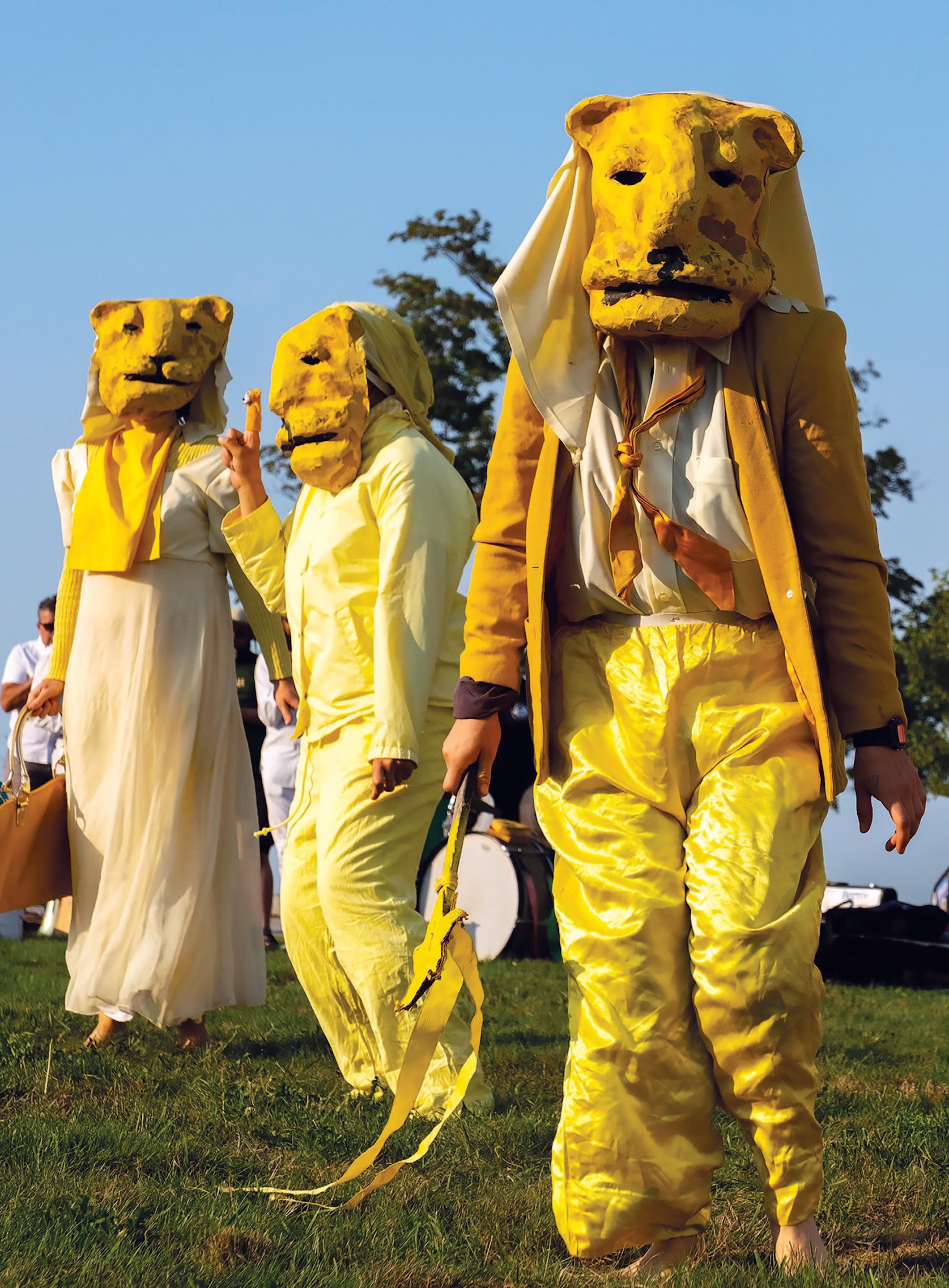
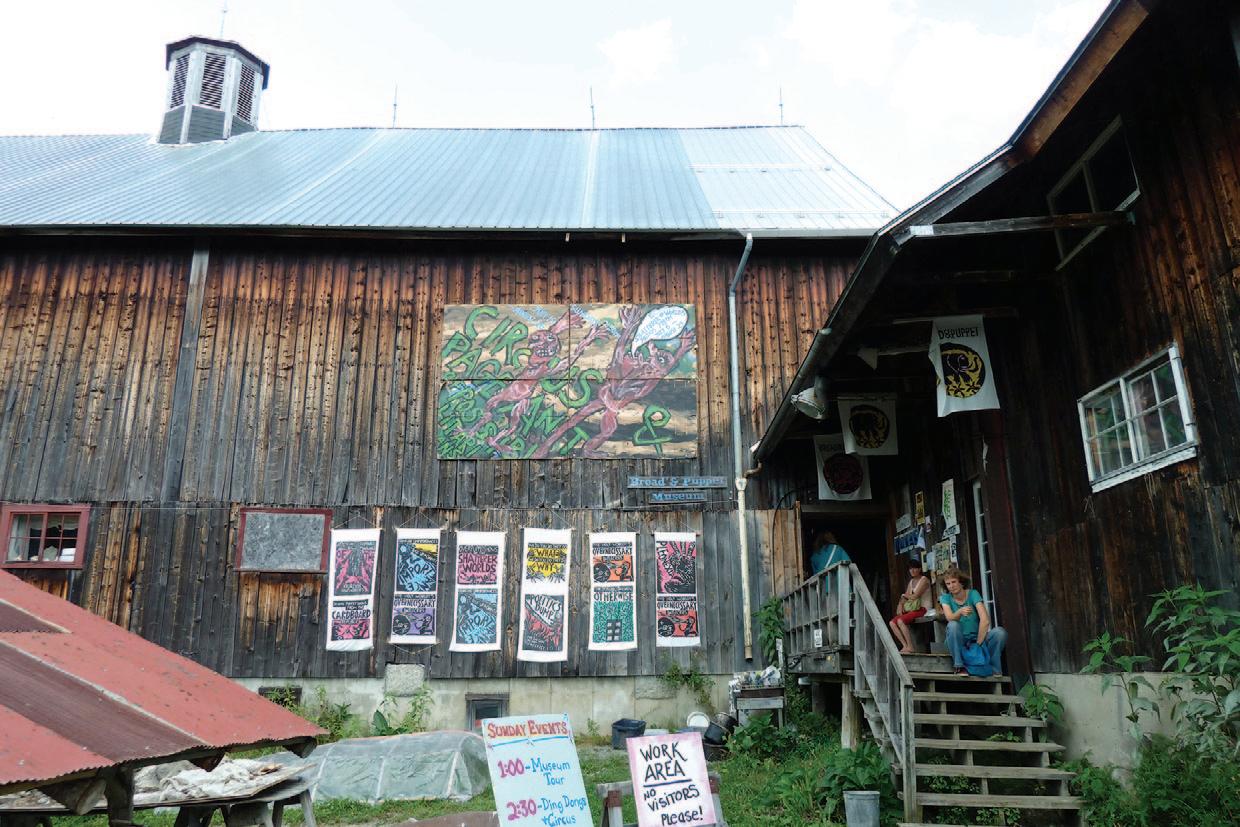
Yes, It is unique indeed, but it blooms where it is planted and has been perfectly planted in the North east Kingdom. The museum will be open daily 9AM-6PM until November 1st this year and before and after all evening per formances. Yet another reason this museum is unlike others stems from the fact that most museums are about preservation, and this one is resigned to the fact that eventually there will be deterioration, and the mammoth puppets will one day, as will we all, go back to our original material. Therefore, it is suggested you come NOW. Why wait and perhaps risk disap pointment at seeing something that doesn’t exist elsewhere?
The sign at the entrance says it all, “Enter at your own risk. Just open the door and turn on the lights when you arrive, and when you leave, close the door and turn off the lights.”
Apparently, the puppets take it from there.
To reach the theater and museum at 753 Heights Rd. in Glover, contact www.breadandpuppet.org It’s about 177 miles away, but you won’t be sorry! (802) 525-3031
